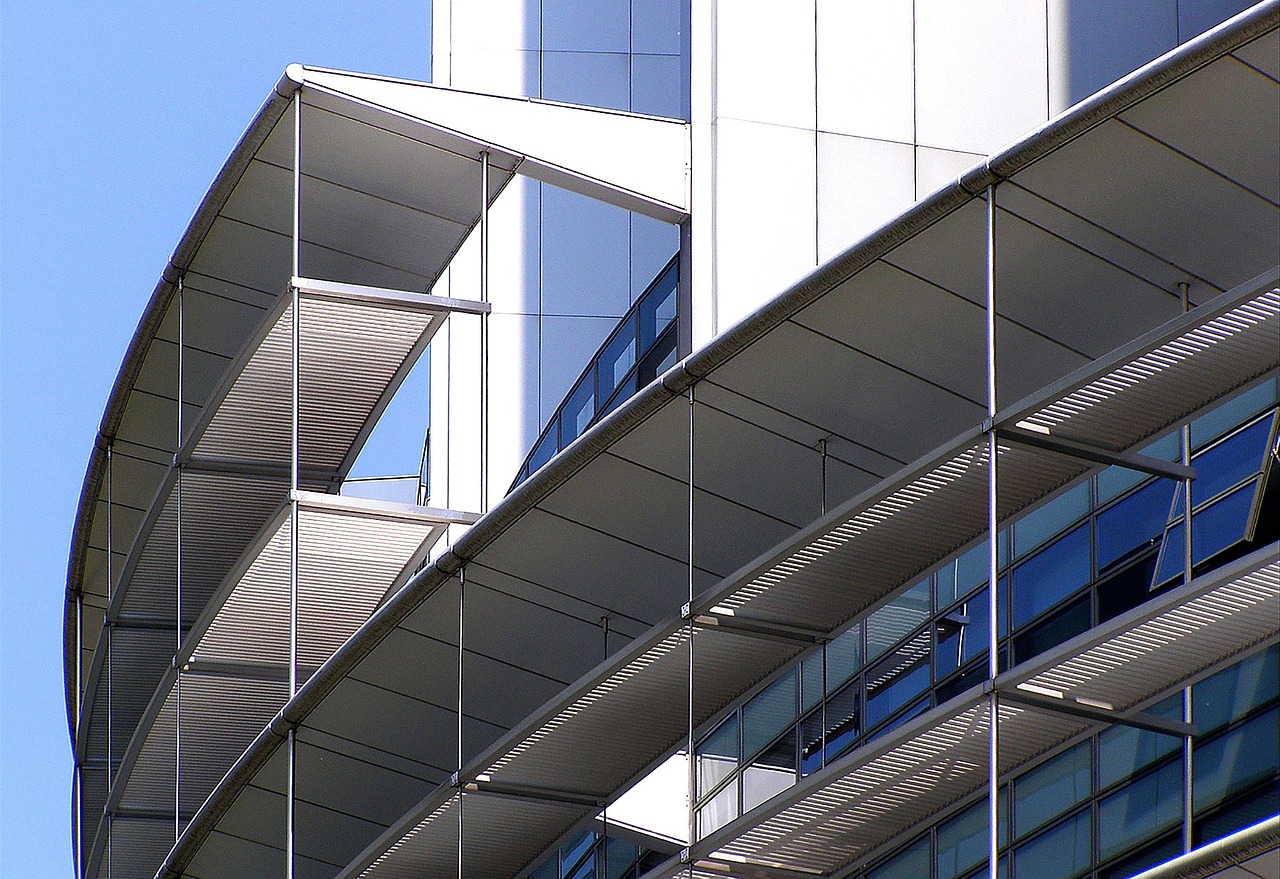Aluminum is a material that is gaining more and more popularity in the construction industry all over the world, including Poland. This is due to its unique properties, which make it ideal for a variety of applications. In this article, we will discuss what are the applications of aluminum profiles in the construction industry, the benefits of their use and the latest trends in this field.
Why is aluminum so popular?
Aluminum is a metal that is characterized by lightness, durability and resistance to rusting. These properties make it an excellent choice in construction. Among its advantages are:
- Lightweight: Aluminum is three times lighter than steel, making it easier to transport and install.
- Durability: Despite its light weight, it is very strong, allowing it to be used in structures subject to high forces.
- Corrosion resistance: Aluminum is naturally resistant to water and air, reducing the need for maintenance.
These features make aluminum increasingly used in a variety of construction projects, from single-family homes to large skyscrapers.
Different types of aluminum profiles
Aluminum profiles are produced in a variety of shapes and sizes, allowing them to be used in a wide range of applications. The most popular of these are:
- L profiles: ideal for reinforcing structures and frames.
- T profiles: Often used in sliding systems and as load-bearing elements.
- U profiles: Great for finishes and trims.
Each of these types can be customized to meet the specific needs of a construction project. With these profiles, it is possible to create complex and sturdy structures without using heavier and more expensive materials.
Use in load-bearing structures
Aluminum profiles are commonly used in load-bearing structures of various buildings. Thanks to their lightness and strength, they can be used to create the skeletons of buildings, bridges or other structures that require heavy loads. Aluminum makes it possible to reduce the weight of the entire structure, which is especially important in places where every kilogram matters, such as in the construction of skyscrapers or bridges.
In addition, aluminum profiles can be easily combined with other building materials, which increases their versatility and applicability.
Use in building facades
Building facades are one of the most important aesthetic elements of any structure. Aluminum is very popular here because of its decorative and practical properties. Aluminum profiles can be easily shaped and given a variety of forms, which gives architects a great deal of leeway.
Resistance to corrosion and ease of maintenance make aluminum facades not only beautiful, but also durable. Aluminum profiles used in facades often have special protective coatings that increase their resistance to weathering.
Application in windows and doors
Windows and doors made of aluminum are gaining popularity because of their many advantages. They are lightweight, which makes them easy to install, and at the same time they are very durable and weatherproof. In addition, aluminum is a material that perfectly insulates heat, which contributes to energy savings.
Aluminum profiles used in windows and doors can also be easily painted or anodized, allowing the appearance to be customized to suit individual tastes and customer needs.
Thanks to the variety of applications and innovative solutions, aluminum profiles are the ideal choice for anyone looking for durability, aesthetics and energy efficiency. If you are interested in more details on the different types and applications, check out more information at: https://worldofaluminum.com/aluminum-profiles/aluminum-profiles-for-plasterboard-dimensions-types-and-applications/toue_iclg.
Environmental advantages
The environmental impact should not be forgotten. Aluminum is a fully recyclable material. The recycling process uses much less energy than the production of aluminum from bauxite. This makes aluminum profiles an environmentally friendly choice.
As environmental awareness grows, choosing materials that can be recycled and reused is becoming more important. Recycling aluminum reduces CO2 emissions, a key factor in the fight against climate change.
Modern technologies in production
The production of aluminum profiles is constantly evolving. Modern technologies make it possible to create increasingly sophisticated and durable profiles. Thanks to the use of innovative production processes, it is possible to create profiles with even higher accuracy and better mechanical properties.
Investment in new technologies also makes it possible to reduce production costs, making aluminum increasingly cost-competitive compared to other building materials.
Summary
The use of aluminum in construction brings many benefits. From lightweight and durable structures, to elegant facades, to ecological and energy-efficient solutions. Aluminum, thanks to its unique properties, is gaining popularity in Poland. Increasing requirements for quality, durability and environmental protection only strengthen the position of this versatile material on the construction market.
There is no doubt that aluminum will play a key role in the future of construction, offering innovative and eco-friendly solutions.



